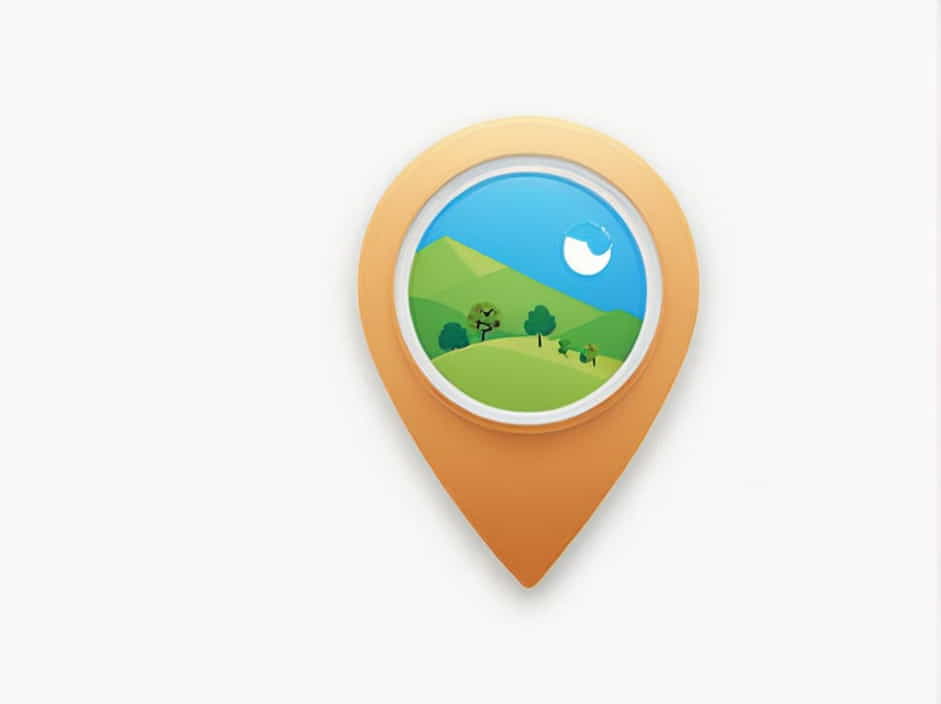The Golan Heights is a strategically significant and geographically unique region in the Middle East. Known for its rugged terrain, historical significance, and political disputes, the Golan Heights plays a crucial role in regional stability. But where exactly is this region located on a map?
In this topic, we will explore the exact location, geography, borders, and significance of the Golan Heights, along with how to find it on a map of the Middle East.
Where Are the Golan Heights Located?
The Golan Heights is a plateau situated in the southwestern part of Syria, bordering Israel, Lebanon, and Jordan. It is positioned between the Sea of Galilee to the west and the Syrian capital, Damascus, to the east.
Geographical Coordinates
-
Latitude: Between 32°45′N and 33°25′N
-
Longitude: Between 35°30′E and 36°30′E
On a map of the Middle East, the Golan Heights appears as a small but elevated plateau positioned at the intersection of Syria, Israel, and Lebanon.
Golan Heights on a Middle East Map
The Golan Heights is part of the Levant region, which includes modern-day Syria, Israel, Jordan, Lebanon, and Palestine.
When looking at a Middle East map, you can find the Golan Heights:
-
Northeast of Israel
-
Southwest of Syria
-
Southeast of Lebanon
-
North of Jordan
It is a small but highly significant region, often marked differently on maps due to ongoing territorial disputes.
Golan Heights on a Syria Map
Before 1967, the Golan Heights was fully controlled by Syria and was part of its Quneitra Governorate. On a map of Syria, it is located in the southwestern part of the country, near the border with Israel.
However, after the Six-Day War in 1967, Israel took control of most of the Golan Heights, and today, much of the region is administered by Israel, though Syria still claims it.
Golan Heights on an Israel Map
On an Israeli map, the Golan Heights is shown as part of northern Israel. It is located east of the Sea of Galilee and is often grouped with the Galilee region.
Since 1981, Israel has officially annexed the Golan Heights, though this is not recognized internationally.
Borders of the Golan Heights
The Golan Heights shares borders with several key regions:
-
West: Israel and the Sea of Galilee
-
North: Lebanon
-
East: Syria
-
South: Jordan
The Jordan River flows along the western edge of the plateau, while the Mount Hermon range marks its northern boundary.
Physical Geography of the Golan Heights
The Golan Heights is a volcanic plateau with diverse landscapes, including:
-
Mountain ranges (such as Mount Hermon, the highest peak)
-
Fertile valleys used for agriculture
-
Volcanic craters and plateaus
-
Rivers and waterfalls
This geography makes the region important for both military defense and agriculture.
Strategic Importance of the Golan Heights
1. Military Significance
-
The high elevation provides a strategic military advantage.
-
It acts as a buffer zone between Israel and Syria.
-
Several conflicts have been fought over this land, including the Six-Day War (1967) and the Yom Kippur War (1973).
2. Water Resources
-
The Golan Heights supplies one-third of Israel’s water.
-
The Jordan River and Sea of Galilee are vital freshwater sources.
3. Agricultural Value
-
The fertile soil supports vineyards, orchards, and cattle farming.
-
The region is known for producing wine, olives, and dairy products.
These factors make the Golan Heights a highly contested region.
Historical Background of the Golan Heights
Ancient History
-
The region has been inhabited since biblical times.
-
It was ruled by various empires, including the Romans, Byzantines, and Ottomans.
Modern Conflicts
-
1948: After the creation of Israel, the Golan Heights remained under Syrian control.
-
1967: Israel captured the Golan Heights from Syria during the Six-Day War.
-
1973: Syria attempted to reclaim the region during the Yom Kippur War, but Israel retained control.
-
1981: Israel officially annexed the Golan Heights, though this is not recognized by most countries.
Today, the United Nations Disengagement Observer Force (UNDOF) monitors the ceasefire line between Syria and Israel.
How to Find the Golan Heights on a Map?
If you’re trying to locate the Golan Heights on a modern map, here are some tips:
-
Look at a Middle East map – Find the intersection of Syria, Israel, Lebanon, and Jordan.
-
Identify the Sea of Galilee – The Golan Heights is directly east of this large freshwater lake.
-
Find Mount Hermon – The northern part of the Golan Heights extends into the Mount Hermon range.
-
Use satellite maps – Google Maps and other satellite tools show the region’s terrain and borders more clearly.
Since its political status is disputed, different maps may display the Golan Heights as part of Israel or Syria.
Tourism in the Golan Heights
Despite its complex history, the Golan Heights is a popular tourist destination, offering:
-
Hiking trails and nature reserves
-
Skiing on Mount Hermon
-
Historical ruins (such as the ancient city of Gamla)
-
Wine tasting at local vineyards
The region’s natural beauty and historical significance attract visitors from around the world.
The Golan Heights is a strategically important plateau located between Israel, Syria, Lebanon, and Jordan. On a map of the Middle East, it is found northeast of Israel and southwest of Syria.
Due to its military, water, and agricultural significance, the Golan Heights remains a contested region. While Israel currently controls most of it, Syria continues to claim sovereignty, making it one of the most sensitive geopolitical areas in the world.
Whether for geography, history, or politics, understanding the location and significance of the Golan Heights helps explain its role in Middle Eastern affairs.
